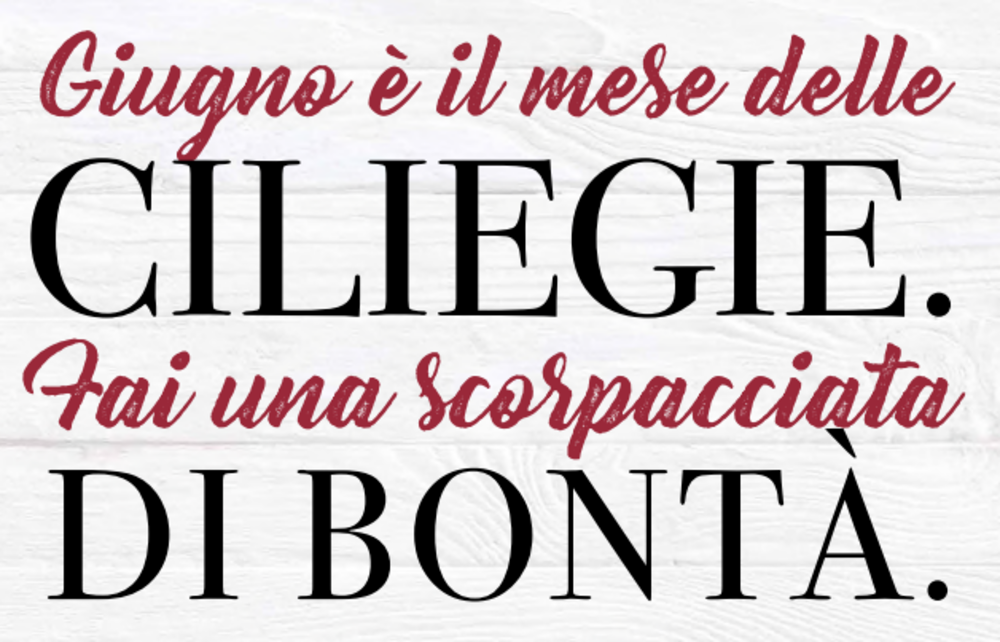In ancient Greece, Plato wrote: 'He was a wise man who invented beer'. Indeed, beer is one of the oldest and most widely consumed beverages in the world. In addition to the main ingredients (water, malt, hops and yeast), alternative fermentable substrates, such as fruit, spices and herbs, can also be incorporated into the brewing process.
In recent years, the market for speciality beers, characterised by increased health benefits and/or a new, refreshing flavour, has grown substantially. As a result, fruit beers are gaining popularity worldwide. Fruits not only bring new flavours, but also have the potential to increase the concentration of bioactive constituents that are extracted during the secondary fermentation and maturation process of beers.
To date, fruit beer is brewed by incorporating whole fruit, pulp or juice. An interesting alternative could be the use of pomace, which is a by-product of fruit juice production, for which no data are currently available.
Therefore, the aim of the research undertaken at the University of Food Technology in Plovdiv (Bulgaria) was to examine the impact of incorporating identical concentrations of sweet cherry juice and pomace on the physico-chemical characteristics of beer.
In detail, alcohol, extract, protein, total phenolic compounds, phenolic acids, and flavonoids as well as antioxidant and sensory attributes were analysed. The resulting beers were then evaluated in comparison to a control beer that contained no cherry products.
The results of the chemical laboratory analyses show that the addition of cherry juice increases the concentration of phenolic compounds in the beers under investigation and consequently also the antioxidant activity.
It should be noted, however, that the increase was significantly greater when cherry pomace was incorporated. The researchers therefore hypothesised that the introduction of pomace into a beer would lead to a subsequent increase in the shelf-life of the beverage due to its increased antioxidant activity.
The aroma profile was also positively influenced by the incorporation of cherry juice and pomace into beer samples. However, the number of fruity aromas and the improvement of sensory characteristics were significantly higher when pomace was incorporated.
The tasting panel expressed a preference for the beer that incorporated cherry pomace on the first day of fermentation, while they rated lower the beers that had undergone a longer fermentation process. Therefore, there is the need to refine the amount of cherry pomace added to produce a beer with a sensory profile more appreciated by the consumer.
Based on the results, it can be deduced that the incorporation of 15% cherry pomace into the fermentation system produced, after seven days, a beer with a higher content of phenolic compounds and greater antioxidant activity.
Finally, the use of pomace results in further use of this by-product that would otherwise be disposed of, leading to an increase in the sustainability of the beers produced. Let us raise our mugs for a toast in honour of this beverage that has accompanied us for centuries and still does not cease to amaze us.
Source: Nedyalkov, P.; Bakardzhiyski, I.; Shikov, V.; Kaneva, M.; Shopska, V. Possibilities for Utilization of Cherry Products (Juice and Pomace) in Beer Production. Beverages 2023, 9, 95. https://doi.org/10.3390/beverages9040095.
Melissa Venturi
University of Bologna (IT)
Cherry Times - All rights reserved












